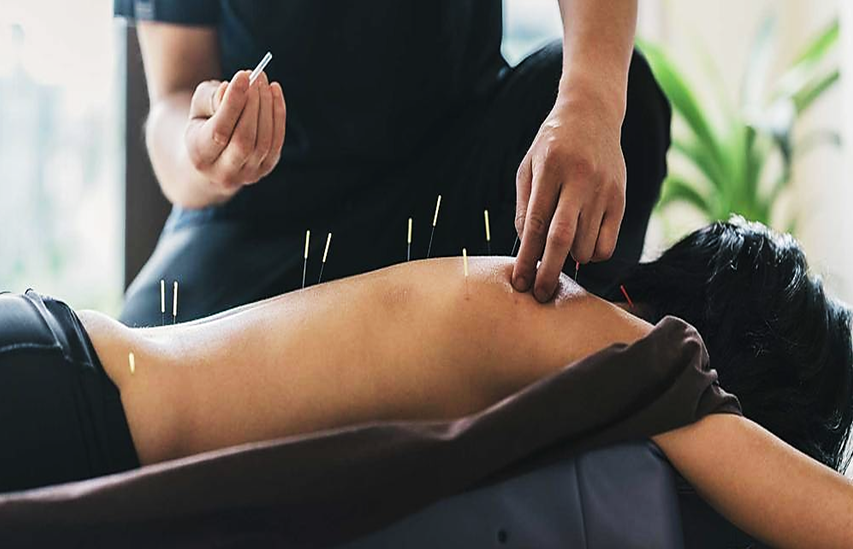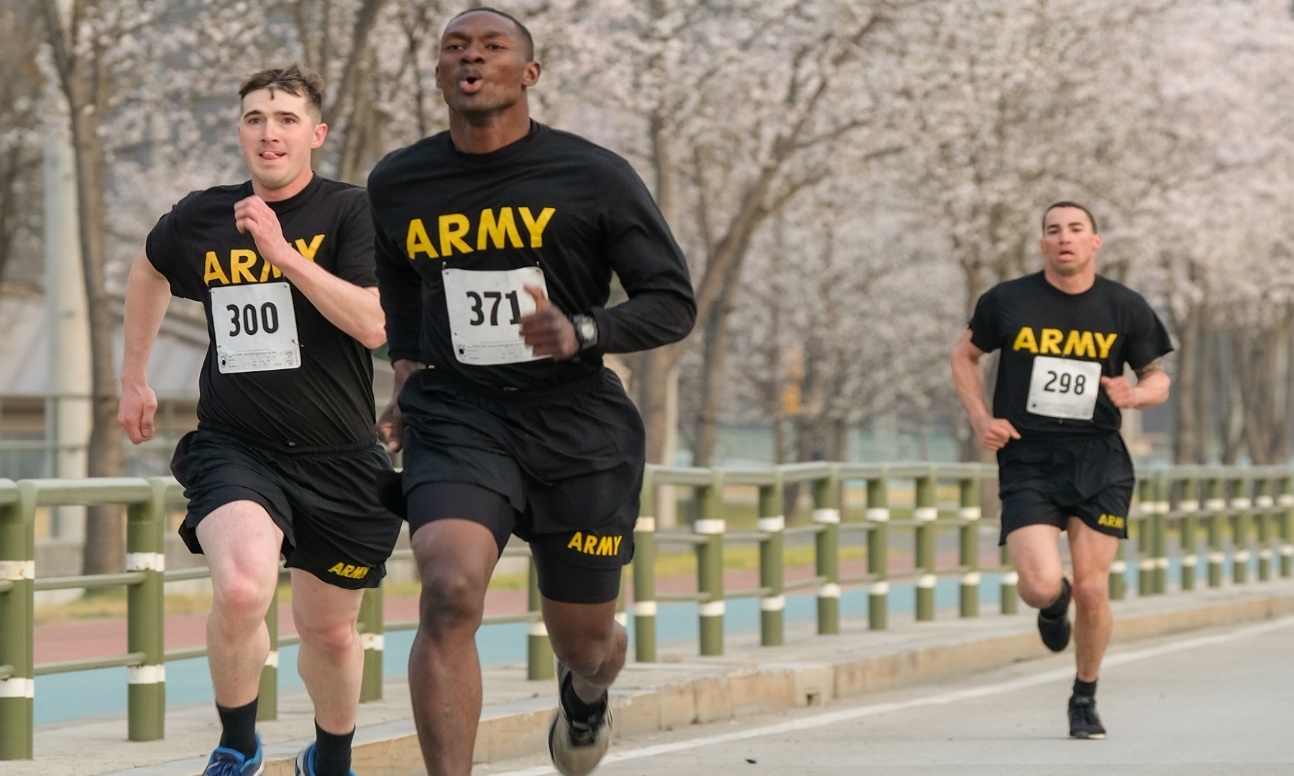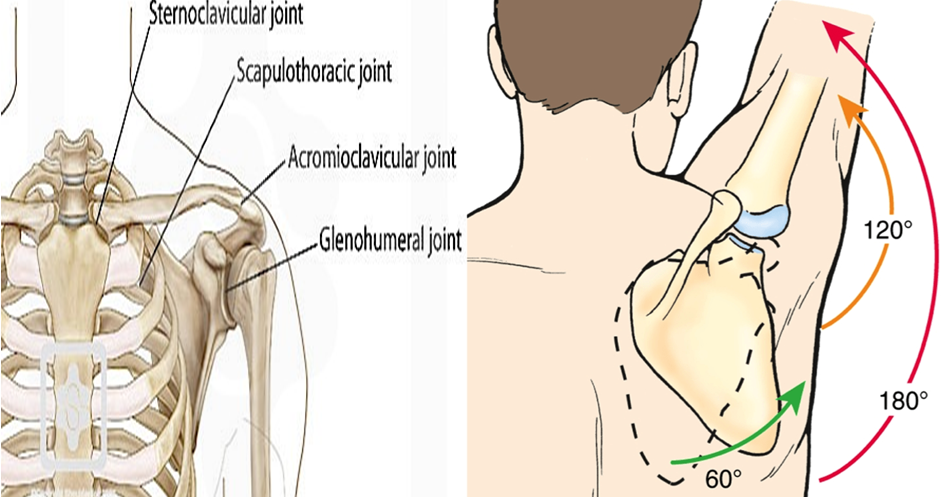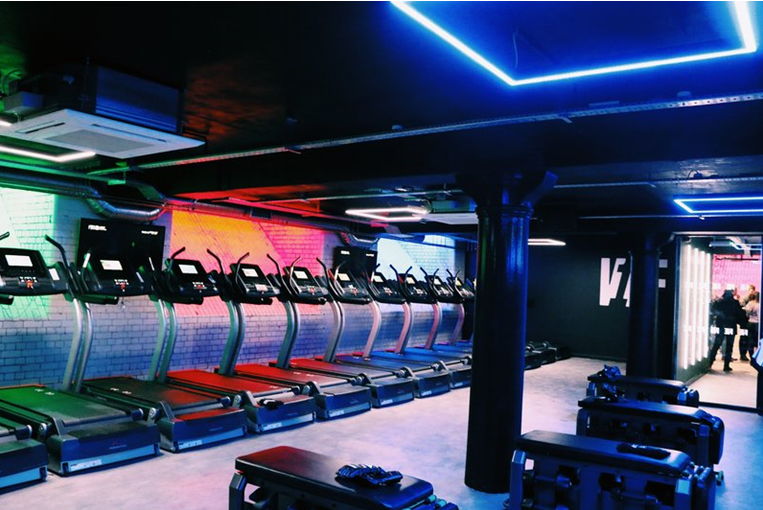-An overview of Sports massage therapy for golfer’s elbow & golfer’s hand-
Have you ever undergone excruciating ache on the inside of your elbow? You are likely to suffer from medial epicondylitis which is a tendinopathy of the medial common flexor tendon of the elbow or also commonly known as thrower’s elbow or golfer's elbow, this condition, like tennis elbow, is one of the most common causes of elbow pain. Golfer's elbow is an inflammation of the insertion of the epicondylar muscles. The pain of this lesion appears on the inside of the elbow when performing certain movements and with palpation.
Physiotherapeutic treatment is required to alleviate this pain. In this blog post, you will learn about golfer’s elbow signs, symptoms and causes, also golfer’s elbow symptoms that allow it to be detected, golfer’s elbow treatment with sports physical therapy and pain management, amongst many more topics.
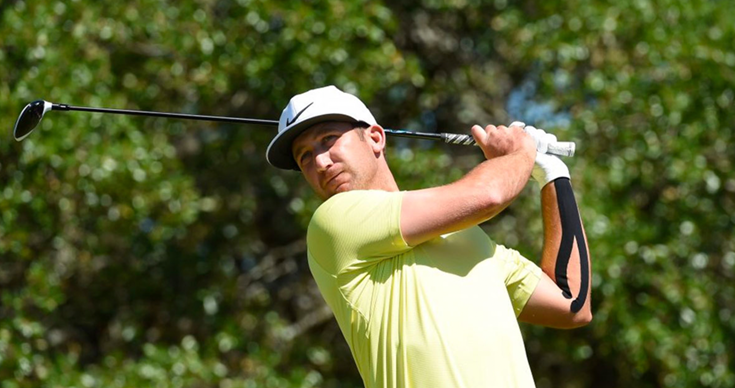
How common is golfer's elbow?
Medial epicondylitis represents 10% up to 20% of all tendinopathies of the epicondyle. Golfer's elbow or medial epicondylitis is less frequent than tennis elbow or lateral epicondylitis. Its prevalence is 0.4% worldwide.
Who is most likely to get golfer's elbow?
Affecting mostly people between 45 to 65 years old, being more common in women than in men. 3 out of 4 cases of golfer’s elbow are found in the dominant arm of the affected subject, pointed out by John Kiel et la (2021).
It is also considered an occupational disease, which has a high prevalence of 3.8% to 8.2% in some occupations, and although it is known to affect some who play sports (golfers, baseball players, and American football players), it should be noted that 90 to 95% of all patients diagnosed with this injury are not even athletes. (L D Field et la 1998)
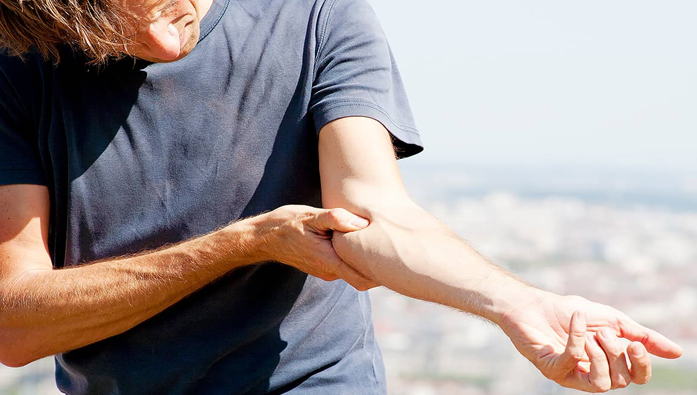
The leading treatment includes strengthening and stretching exercises for the golfer’s elbow which can be guided by our Sports Injury Specialist physiotherapists at My Sports Injury Clinic based in Manchester City.
Sports physiotherapy clinicians, sports massage therapists, and manual therapists are some of our experts in sports-related injuries that will help you to fix elbow pain in Manchester.
What movement & motion causes golfer’s elbow?
Golfer's elbow symptoms manifest itself with pain in the area of insertion of the tendons on the inside of the elbow, due to strenuous or monotonous movements, direct trauma or over-exertion when doing flexion and pronation movements, when performing sports activities such as golf, baseball or simply carrying out manual work, i.e. it does not have to be caused just by sports in general. Nevertheless, you might feel pain in the entire arm as the pain may radiate to the full length of your limb.
Due to the high mechanical demand to which the golfer's elbow flexors are exposed, this type of injury frequently occurs in them, which is why it is often thought that this is an exclusive condition of this type of sporting activity and that it is the only one related to golf, however, people who have never played golf can suffer from it, as well as it is important to clarify that golfers not only suffer from this tendinopathy but are exposed to many more complex forearm and wrist injuries. published by the Institute for Quality and Efficiency in Health Care (IQWiG); (2018).
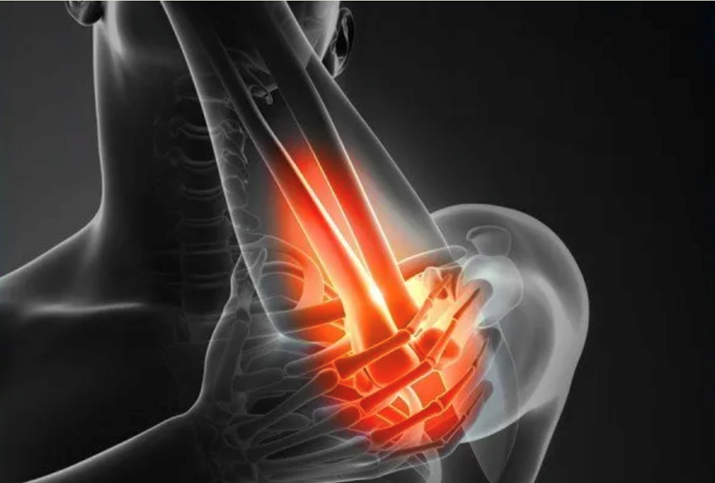
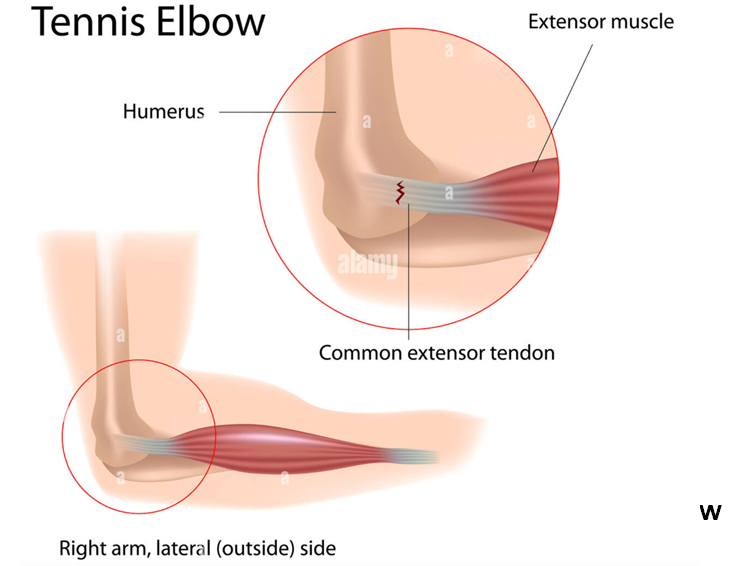
Golfer's Elbow Signs & Symptoms, how do you know if you suffer from golfer's elbow?
If your suffering with Golfer's elbow you will perceive a significant discomfort, which will present as a stabbing pain inside the elbow, which can sometimes radiate throughout the flexor or anterior side of the forearm, in addition, the discomfort can occur when applying pressure on the internal region of the elbow, what we call the medial epicondyle.
Golfer’s elbow symptoms often appear more intensely when the muscles of the affected tendons (i.e. the wrist flexors or pronators) are activated. (Nirav H Amin et la 2015).
For instance, when a fist is formed, the wrist is flexed, or when you want to reach an object at a certain distance. These movements are directly involved when you notice pain in the elbow zone due to the golfer’s elbow.
Golfer's elbow tends to affect flexion and pronation of the hand and forearm even more when performing movements against resistance, so affected patients are increasingly restricted in their activities of daily living, even simple tasks such as writing or lifting light objects can become a problem due to the presence of pain.
In addition, not only does active movement causes discomfort, but also passive stretching, and if the injury progresses without treatment, pain at rest can also take place.
In the case of a golfer's elbow or chronic epitrocleitis, the degenerative process that occurs in the tendons (tendinopathy) becomes increasingly aggressive, which can cause neuropathy in the ulnar nerve that is adjacent to the affected area, this leads to the appearance of symptoms such as tingling or paresthesia in the flexor region of the hand and fingers, also called golfer’s hand.
How long does golfer’s elbow take to heal?
Golfer’s elbow without surgical intervention can vary between 4- 6 weeks dependant on the tendon healing and rehabilitation exercise intervention carried out alongside sports physiotherapy. Sometimes symptoms can go away on its own after 3-4 weeks but in more severe cases can last a few months.
How to speed up the recovery process for golfer’s elbow?
Actively Resting. Put your repetitive activities on hold until the pain is gone or minimised to tolerable levels.
Ice the affected area. Apply ice packs to your elbow for 15 to 20 minutes at a time, three to four times a day for several days.
Use a brace to support the elbow / forearm .
Stretch and strengthen the affected area through sports rehabilitation
Nutritional advice to fuel protein synthesis and amino acid into the body.
How can golfer’s elbow be avoided?
Tendon injuries are usually the product of constant movements as well as overloading of the muscles in the area (forearm and arm), so the prevention of problems such as epitrochleitis, golfer’s elbow and epicondylitis consists of exercising regularly , but adapted to the person's capabilities, avoid sudden movements of the elbow, establish active breaks during daily activities and when playing sports.
In order to prevent excessive muscle tension, perform muscle stretching suggested by your physio specialists in Manchester before and after exercises and be attentive to the signals that our body sends us, in order to respond in a way that is consistent to avoid injury.
How to get rid of golfer’s elbow?
Regarding the treatment of these pathologies or injuries, our Sports Injuries Clinic in Manchester City offers the following recommendations.
In case of blows, the usual measures include local cold, anti-inflammatory or analgesic medication and, if necessary, rest.
In the case of more chronic injuries due to repeated overexertion of the muscles, physiotherapy in Manchester, stretching, muscle strengthening and prevention rules must be added to the previous treatment.
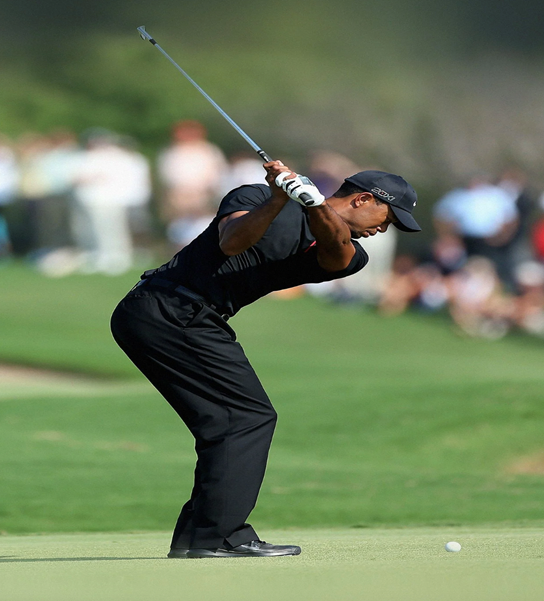
For a well-known rheumatologist at the InstituteMYM at the Teknon Medical Center “the key is to deflate the affected structure. Treatment depends on the cause, whether it is mechanical or if there is an underlying systemic disease. Within the therapeutic arsenal is physiotherapy, acupuncture in Manchester, drugs and infiltrations”.
Will golfer’s elbow heal on its own?
If the injury is recent, with rest and treatment the injured tendon is likely to heal with some scar tissue and maximum strength. While a recent minor injury may need a few weeks of rest to heal, a severely damaged tendon may take months to repair, according to Institute for Quality and Efficiency in Health Care (IQWiG).
Corticosteroid injections can help relieve short-term pain by helping to start rehabilitation exercises carried out by your physiotherapist in Manchester. But it can weaken the tendon tissue if they happen too often.
What does golfer’s elbow feel like?
According to our sports massages physio in Manchester; epitrochleitis sufferers feel pain that extends from the inside of the elbow to the wrist due to damage to the tendons that bend the wrist toward the palm.
What can be mistaken for golfer’s elbow?
Sometimes the golfer’s elbow is confounded with tennis elbow but they are not quite alike at all, as the pain brought about by these pathologies take place in different areas of the arm, whether inner or outer zone. So, at our Sports-related Clinic in the heart of Manchester our manual therapy specialists shall set out that the one which causes inner pain is the golfer’s elbow and tennis elbow can provoke outer pain, explained by Johns Hopkins Medicine website.
References
- InformedHealth.org [Internet]. Cologne, Germany: Institute for Quality and Efficiency in Health Care (IQWiG); 2006-. Golfer's elbow: Overview. 2018 May 30. Available from: https://www.ncbi.nlm.nih.gov/books/NBK507002/
- Kiel J, Kaiser K. Golfers Elbow. [Updated 2022 Jun 27]. In: StatPearls [Internet]. Treasure Island (FL): StatPearls Publishing; 2022 Jan-. Available from: https://www.ncbi.nlm.nih.gov/books/NBK519000/
- Ahmad Z, Siddiqui N, Malik SS, Abdus-Samee M, Tytherleigh-Strong G, Rushton N. Lateral epicondylitis: a review of pathology and management. Bone Joint J 2013; 95-B(9): 1158-1164. [PubMed]
- Amin NH, Kumar NS, Schickendantz MS. Medial epicondylitis: evaluation and management. J Am Acad Orthop Surg. 2015 Jun;23(6):348-55. doi: 10.5435/JAAOS-D-14-00145. PMID: 26001427.
- Menta R, Randhawa K, Cote P, Wong JJ, Yu H, Sutton D et al. The effectiveness of exercise for the management of musculoskeletal disorders and injuries of the elbow, forearm, wrist, and hand: a systematic review by the Ontario Protocol for Traffic Injury Management (OPTIMa) collaboration. J Manipulative Physiol Ther 2015; 38(7): 507-520. [PubMed]
- Olaussen M, Holmedal O, Lindbaek M, Brage S, Solvang H. Treating lateral epicondylitis with corticosteroid injections or non-electrotherapeutical physiotherapy: a systematic review. BMJ Open 2013; 3(10): e003564. [PMC free article] [PubMed]
- Field LD, Savoie FH. Common elbow injuries in sport. Sports Med. 1998 Sep;26(3):193-205. doi: 10.2165/00007256-199826030-00005. PMID: 9802175.
